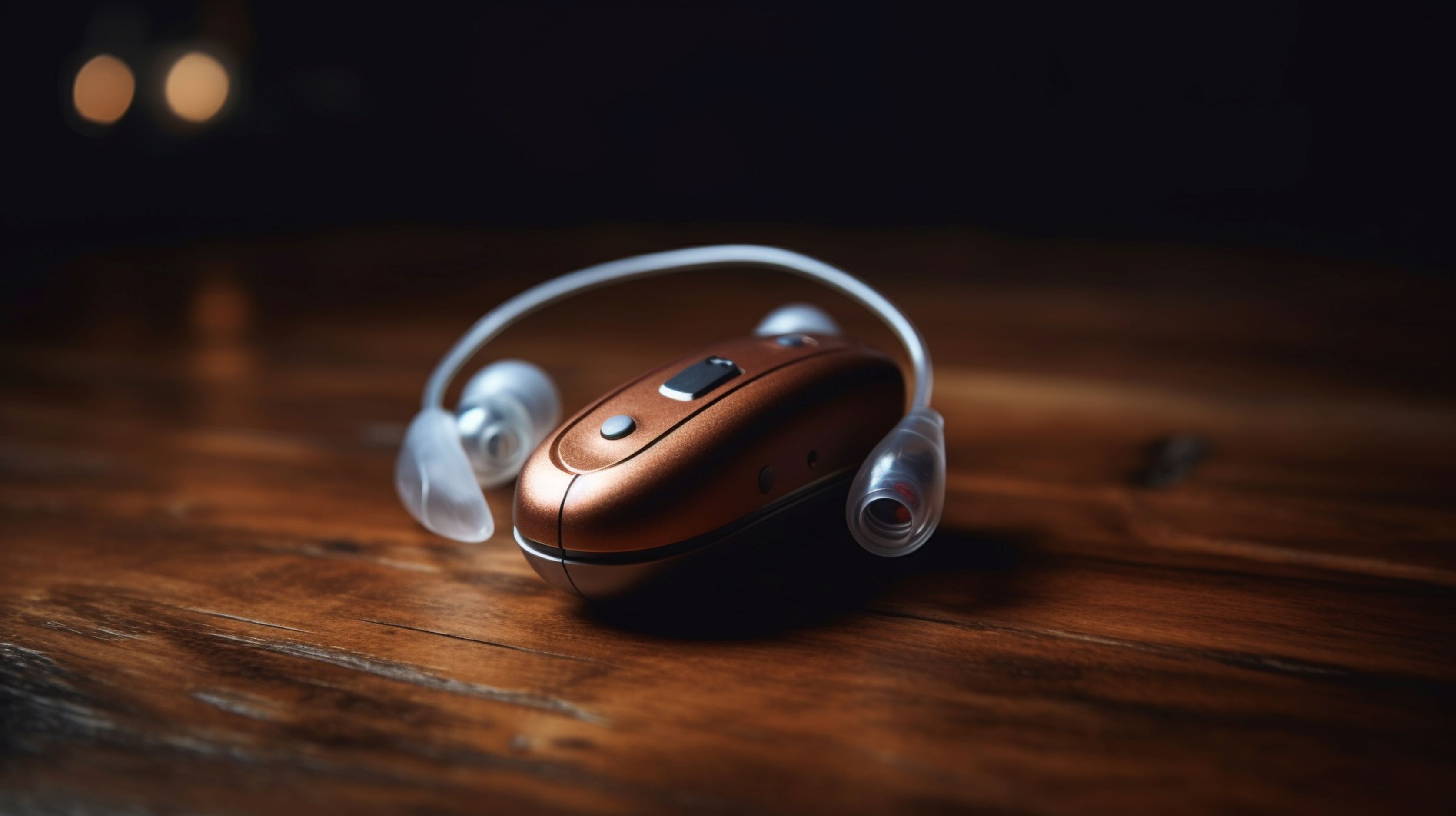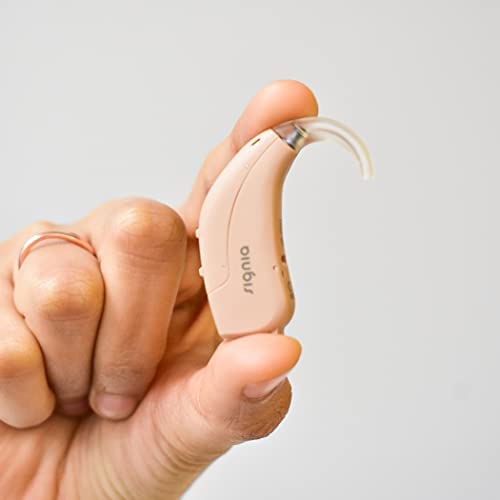
Hearing Aid Buyers Guide
Hearing Aid Buyers Guide
Choosing the right hearing aid is a crucial decision that can significantly impact your quality of life. This guide will walk you through the essential considerations to help you make an informed choice.

Types of Hearing Loss
- Conductive Hearing Loss : Caused by problems in the outer or middle ear. Often treatable with medical intervention.
- Sensorineural Hearing Loss : Results from damage to the inner ear or auditory nerve. Typically managed with hearing aids.
- Mixed Hearing Loss : A combination of conductive and sensorineural hearing loss.
- Mild : Difficulty hearing soft sounds.
- Moderate : Struggles with regular conversation.
- Severe : Only hears very loud sounds.
- Profound : Hears very little sound.
Degree of Hearing Loss
Types of Hearing Aids
- Features : Larger size, easy to handle, accommodates larger batteries and more features.
- Pros : Suitable for all ages and most types of hearing loss.
- Cons : More visible than other types.
Behind-the-Ear (BTE)
- Features : Fits within the outer portion of the ear.
- Pros : Easier to insert, can include additional features like directional microphones.
- Cons : More visible than smaller devices.
In-the-Ear (ITE)
- Features : Small, discreet devices that fit inside the ear canal.
- Pros : Less visible, comfortable for many users.
- Cons : Smaller batteries, fewer features, harder to handle.
In-the-Canal (ITC) and Completely-in-the-Canal (CIC)
- Features : Similar to BTE but with a smaller casing and a receiver in the ear canal.
- Pros : Comfortable, less visible, good sound quality.
- Cons : May require more maintenance.
